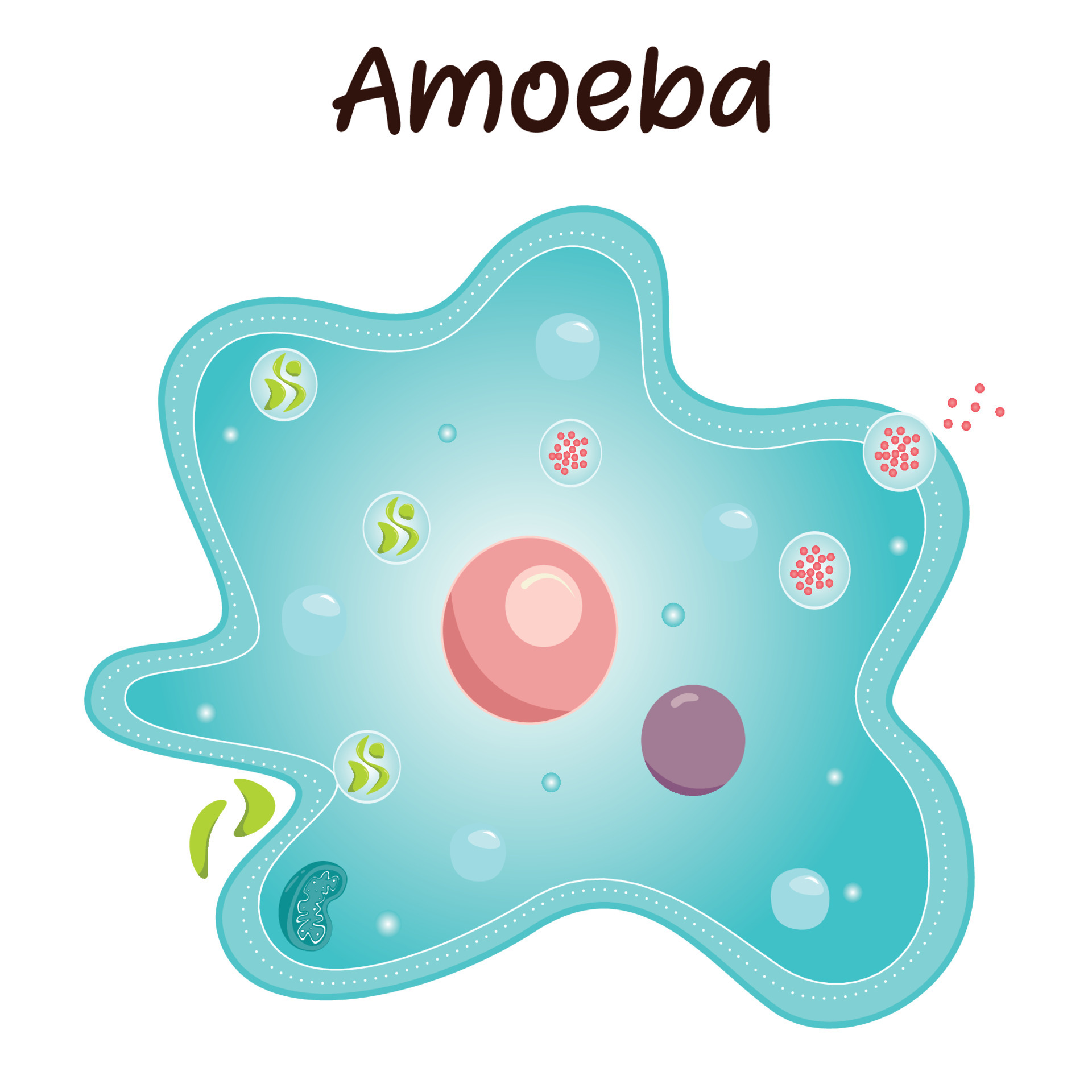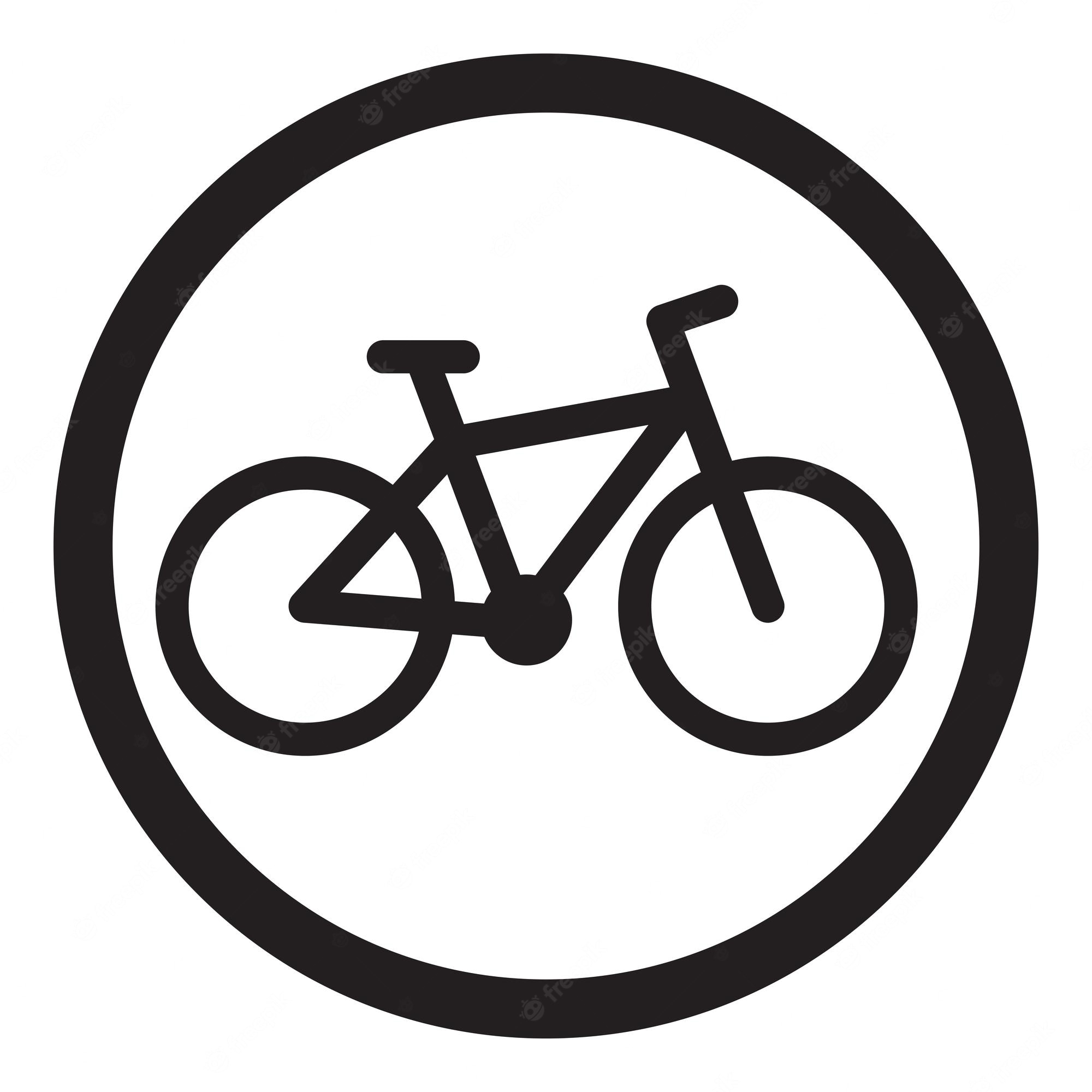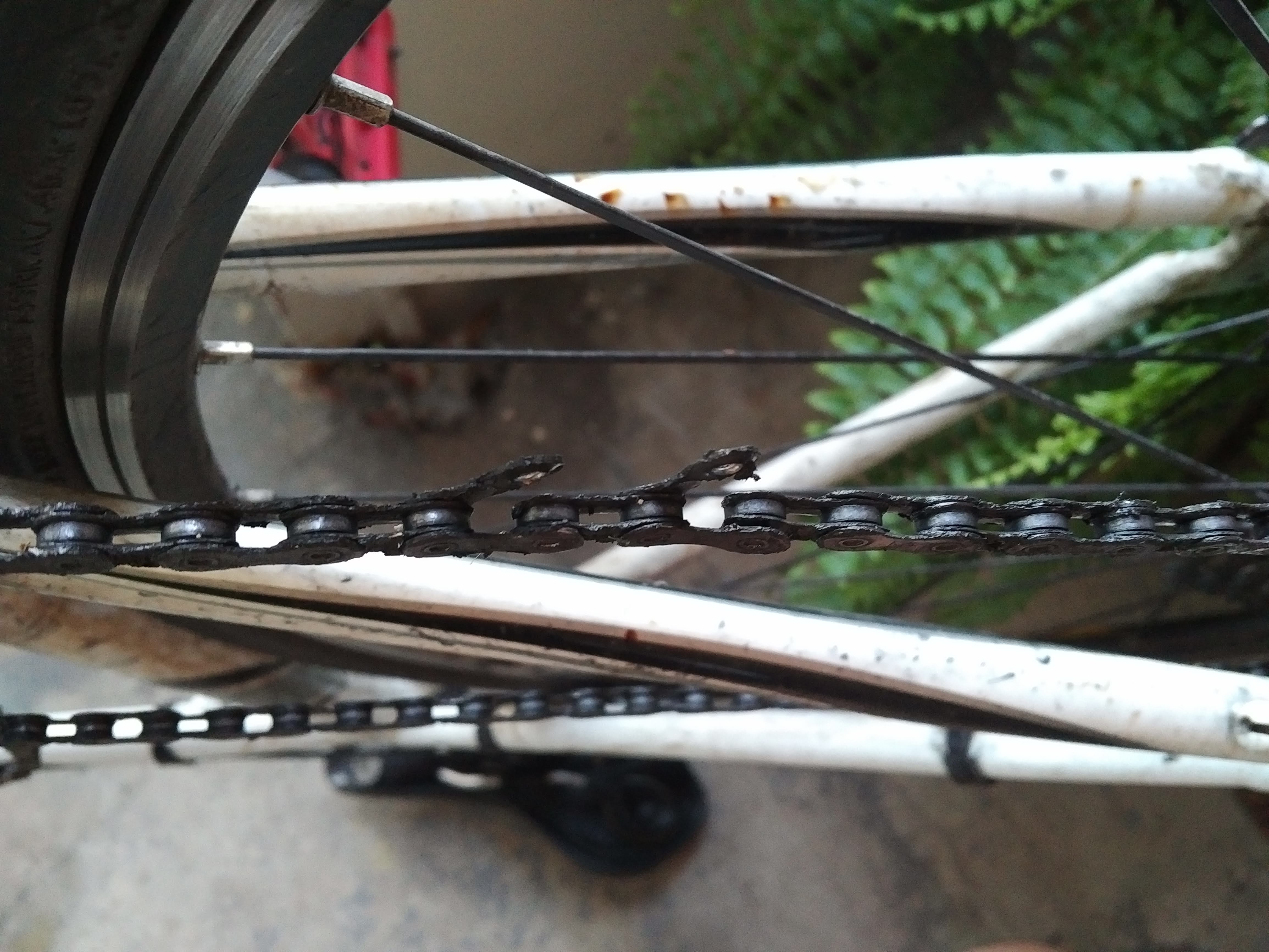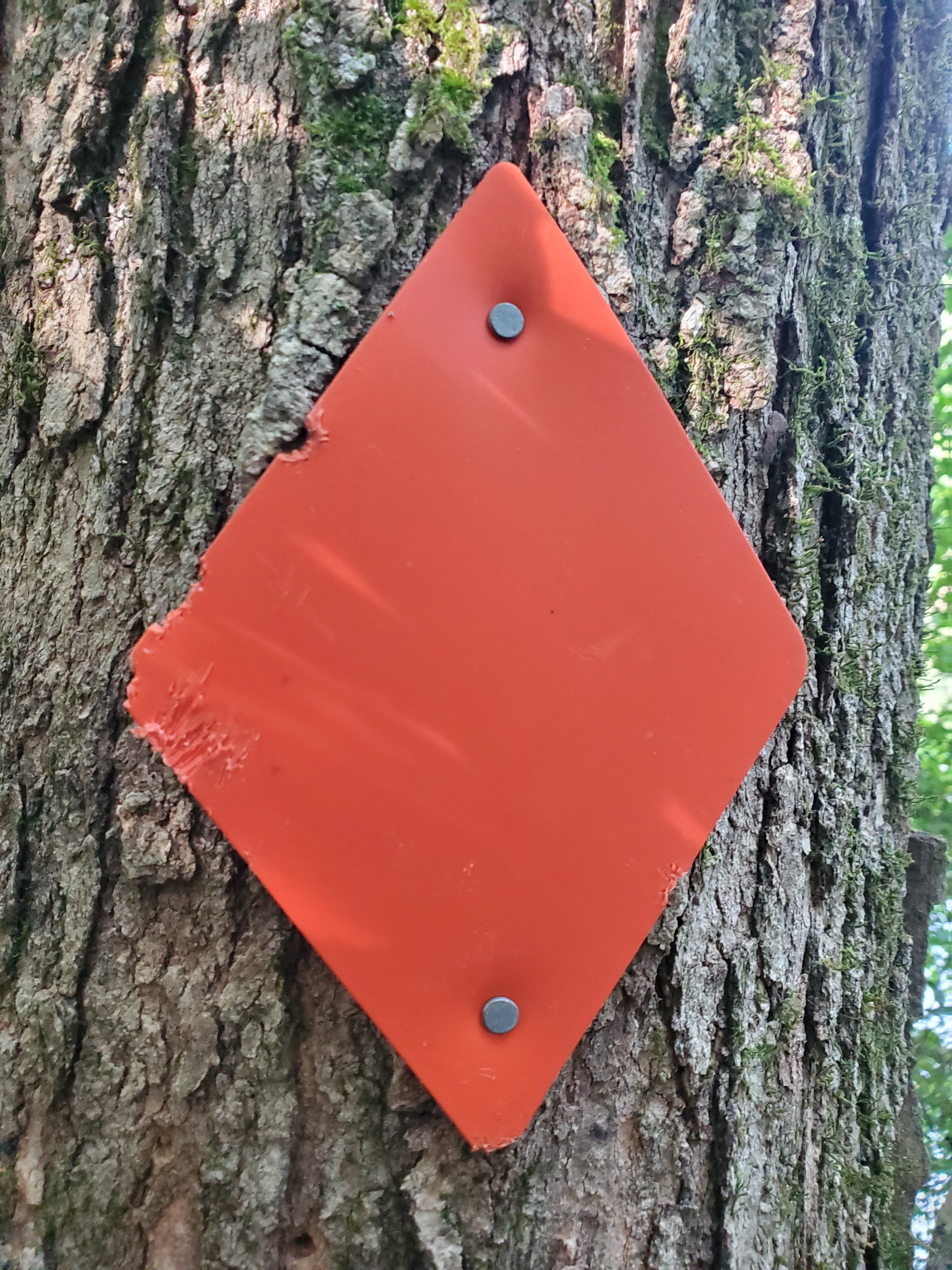cross-posted from: https://lemmy.ca/post/49655095
This is an Ultegra 11s chain after 1000km of wear from a 1500W mid-drive. Used to ride a Tangent back in 2016. T’was shredding till it went *clunk*.
If ya think that’s cool, then you’ll really be amazed at what cleaning a chain will do.
beefy chain probably implies beefy sprockets, start looking at motorcycle stores 😄
BRB tossing a 530 chain on mine. 👌
That seems like a normal chain.
exactly, my point is that probably needs beefier than normal
Shimano SLX rear and a Race Face front were durable enough for it. KMC X11e was strong enough to go without going clunk. Funnily I still ride the same SLX M7000 cassette I bought for that bike. I replaced the 11s gear once as that got worn. I stopped riding that monster in 2017-18.
I wonder if chain cleanliness has a significant impact. I only let my chain get that dirty with my analog bikes so I’m not really sure. But I do wonder about it.
Some waxes look like that fresh out of the dip.
True but this is definitely not wax. 😄
Oh dear.
Only 1000km damn… I know chains don’t last as long on e-bikes but still, that broke quite quickly! I remember some advice from a bike shopkeeper: cheeper chains can be more durable since high-end chains are made for pros who look for lightweight parts above all (but these are less durable as a consequence).
You might find the opposite is true actually. I saw something (maybe on youtube?) recently where someone tested chain wear on a range of Shimano chains by setting up a jig and running it for ages, measuring it at intervals until it got to .5 wear (which is when most recommend changing the chain).
The XTR/Dura Ace chain lasted the longest. No only that, on a dollar per kilometre basis it was also the cheapest chain overall!
They put it down to the added treatment or coating on the rollers that the other chains don’t have.
Did it sling road grime/sand and water onto the test rig?
No I don’t think so, that would be a good test though I agree.
Based on the fact that the result was put down to the physical difference in the chain material, I’d think that it would still last longer, but maybe it wouldn’t turn out to be cheaper by the km, as potential the grime could rip through a coating pretty quickly.
I feel like 1500 Watts is crazy for anything categorized as a “bicycle.” That’s like having four elite road racers towing you along. I’m impressed that a chain designed for human power levels lasted 1000km.
The peak torque was similar to pushing standing on the pedals, a torque a chain must sustain, but not necessarily for extended periods. This motor could sustain that torque for as long as the battery lasts. Production motors these days can do similar peak torque during start from a stop but don’t sustain it indefinitely. I think the Tangent was geared to do about 120Nm. The new DJI does 120Nm for half a minute. Bosch has a few models that do 100. After trashing that chain, I switched to ebike-specific model from KMC. Never had an issue with it and lasted thousands of km on that monster. I now ride all my bikes with X11e EPT / e11 EPT even though I don’t use mid-drives anymore. It lasts a lot and it handles a lot of abuse and neglect.
Care to educate me about drive types and why mid drive is not your preference anymore. Am looking into ebikes.
Both mid-drives and hubs are great. The main differences come down to weight distribution and climbing ability. Climbing ability is significantly better with mid-drives because they can use the bike’s drivetrain to achieve higher speed reduction and therefore higher torque. This allows a mid-drive to exchange bike speed for torque which makes it able to climb steep inclines. Hubs generally come with a fixed gearing or no gearing at all. The highest reduction hubs come with 13:1 gearing which is much smaller than the effective gearing a mid-drive and drivetrain can achieve. The lower the gearing ratio, the larger and heavier the motor has to be to achieve equivalent torque. Which brings me to weight distribution. Mid-drives sit low, in the middle of the bike which doesn’t significantly affect handling. Hubs add 1.8kg at a minimum to one end of the bike. 1.8-2.5kg on the lower end is noticeable but it isn’t horrible. Larger hubs are more noticeable. Many hubs are in the 3-5kg range. On flat ground or low inclines, there’s no significant differences in the behaviour of a small hub compared to a mid-drive. Both feel great.
Another important difference is the ability to shed heat. Most hubs shed heat poorly and overheat if pushed hard at low speed over many minutes. Some are better than others. Mid-drives are better at that and typically have internal temp monitoring and control.
Both hubs and mid-drives have special requirements around frame mounting. Most mid-drives need special frames. Hubs require strong dropouts, and/or torque arms. Installing a hub on an aluminum frame is only safe without atorque arm in the rear. And even then you may start mangling the material when cycling the nuts at 40-50Nm as required.
Hubs generally require less maintenance as tbey don’t wear your drivetrain. Direct-drive hubs should be almost indestructible as they have no internal gears to melt.
Factory mid-drives like Bosch, etc. require authorized service to repair so DIY is no-go as far as I’m awarr. Hubs don’t. This is the main reason I’m riding small hubs (Bafang G310). I can repair any part of the system myself. If the hub goes, I can replace it with another, even different hub and get the rest of the system to play nice with it.
In the end, if I were not into bike DIY, I’d probably buy a factory bike with a mid-drive. And if I wetr into DIY, then it depends on the application.
The thing is, you don’t need 1500w for climbing. I have a mid drive I limit to 450w and it’s perfectly fine. I’ve legitimately never once felt like it needed more power as long as I’m pedaling. I feel like the only reason to have these big mid drive motors is if you are allergic to pedaling.
Oh yeah, you don’t need more than 500W for climbing if you pedal. That said, if you ran a small hub of the 2-2.5kg range at 400-500W at low speed, like when climbing, you’d overheat it and melt its gears in minutes. Ebikes.ca have a nice motor simulator that can pretty accurately estimates how long it takes for many different motors to overheat.
You’re doing something seriously wrong if you’re melting gears.
Not quite. Just ran a couple of simulations with the motor I use. If you run a Bafang G310 at its nominal power of 250W at 5% incline, it would reach 150°C in 25 minutes. Its gears are nylon which soften and lose a lot of their strength well before that - in the 65-85 range. Their teeth would strip under power well before the motor reaches 150°C. At 10% incline it overheats in 5 minutes, gears would strip in less. If you run it at 500W on 5% incline and many controllers would give it that much, it would overheat in 12 minutes. Even on flat ground, I can get mine to 85°C by riding hard at high speed with the motor at ~450W in under 45 minutes. If then started climbing a steep incline with the same power and low speed, I’d very likely strip the softened gears. A friend stripped his this way. This is what they looked like:


You can see how the stripped teeth are at the motor rotor shaft end, which is one of the hottest parts of the motor.
A beefier motor like the GMAC can withstand 5% grade at 500-700W of power without overheating. Perhaps without losing teeth too since its gears are significantly stronger even if still nylon. 10% at ~650W would kill it under 13 minutes.
So it depends on a few variables but especially small motors aren’t difficult to “melt their gears of” by which I mean soften enough to strip under load.
The relevance here is that mid-drive uses the chain since the motor is near the pedals, hub drive powers the wheel directly. So in this context, they no longer need to worry about the durability of the chain versus powerful motors.
I can see that. I bought a new (non e)bike for work commute, and my riding style was always accelerating at max, or working hard to keep the speed max. When I went back for their complimentary tune up a few months later, they said they’d never seen a cassette and chain worn so much for a new bike. What can I say? 200lb guy getting to work as fast as possible, every day. Chain and cassette no designs for 200lb guy giving it the most.
Hahaha. What chain and cassette?
The peak torque was similar to pushing standing on the pedals
Sure, if you’re Tadej Pogačar + 250 watts!
Well, I was told by my local shop that with the heavy riding I do with wet lube (most common oil type) that a 1000 was when the chain was worn, I had several last 3000. Now I had to do replace other parts at that time as well.
Waxing (if done correctly) is supposed to allow the chain to last longer before it’s stretched out, or breaks in a couple possible ways.
There is also dry oil, but I haven’t used or looked into that as I went from wet lube to wax because of some coworkers.
1500 Watts (2 horsepower) is still pushing the limit of the “bicycle” category as a whole. That’s at the low end of what 50cc gas scooters output. In some jurisdictions it’s enough power to require a drivers license. I guess I’m just impressed with what the ebike world is getting away with calling a bicycle.
The ebike world isn’t getting away with calling this a bicycle. This was a custom designed mid-drive made by a crazy guy that wanted to shred offroad. This contraption would never pass any legal certification for an ebike. I don’t think he made more than a few hundred of these before he stopped making them. In fact that was part of the reason I switched to a small hub. It was lots of fun but both illegal and unsafe. Going over 55kph at the push of a button is not something you want long-term. Accidents happen and the energy the body has to absorb coming to a stop grows exponentially with speed so…
E: The most powerful version was 6KW. Here’s a guy riding it, limited to 4KW.
Motorized bicycle kits (the cheap ones, 1.5 to 2 HP) come with 410 chain for the drive sprocket, and people often upgrade that to 415 chain, because the 410 is just “okay” for that. (Or is it 415 and 420? Been a while, I forget, but the point is they come with beefier chains than bicycles, and even those are insufficient for 1.5HP.)
Even on a full and proper chain-driven motorcycle, the chain and sprockets need to be replaced kind of regularly, and that’s with cleaning and oiling often.
This on a bicycle chain driven by 1500W is no surprise whatsoever.
Fair.
Is it me or the chain is just poorly maintained that it might actually be grinding out for about 600km or so? I doubt the motor is outputting 1500w all the time so it’s likely the wear isn’t from the overly powerful motor, but lack of lube. GCN released a video a week or so ago about degreasing chain, and yours look just like theirs lol.
That motor was outputting 1500W at every start from a dead stop and often for extended periods during cruising. That motor was actually 3KW but I had it limited due to the max battery current and the insufficient size of my balls. That said I’m pretty sure grinding was a major contributor too. :D
The very first time I rode this, I hadn’t limited the power, I pressed the throttle and the bike escaped from under me by doing a violent wheelie.
Wow. For sure, you didn’t skip leg day!
KMC e9 chains hold up really well on an ebike with a 190Nm/1700W motor, in my experience of trying a few.
What’s the motor?
I’ve used KMC X11e/e11 ever since this disaster. No broken chains and they last very long on non-ebikes too.
This is why you put the electric engine in the hub
Mid drives are fine, 1500w is a stupid amount of power to put through them on a regular bicycle though. Even half that is more than you need with a decent drive train.
If you go with hub drive though, be sure to add torque arms!
Yes, this post is a perfect example of why standard bike components meant for human power are not meant to handle this much power, and why these illegal mopeds are causing a massive spike in injuries and inviting a ton of regulation on what should otherwise be a revolution in micro mobility. Basically, this is why we can’t have nice things.
Damn!
dang, good thing you found that before it snapped on you.
on my current ride, it’s just a commuting cruiser type and I have well over 1000 miles on it… i should probably inspect it a little better before my next ride
Do you have a chain stretch gauge?
no, probably wouldn’t be a bad idea to get one.
Get/use digital calipers, more versatile…
I have digital calipers, I hadn’t considered using them for checking my chain wear. Seems futile to check links on such a old chain with it. Is there a good procedure outlined online I can reference?
Old chains stretch, the chain meter just measures the stretch. You just need to find the size of a chain meter. IIRC there’s specifications for KMC/shimano chains somewhere, I think it varies by gear count as well (so some chain meters may not work for some chains). Been a while since I did it.












